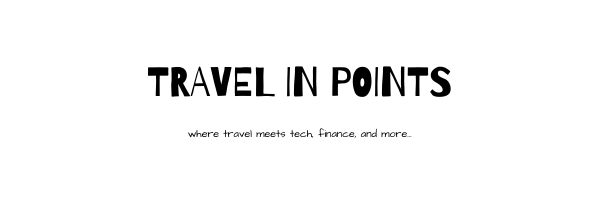It is no secret that I thought highly of Huawei P40 Pro (see my P40 review here) so I was excited to finally get my hands on Mate 40 Pro. My first impression of the Mate series is essentially this – Huawei Mate to Huawei P series is what Samsung Note series is to Samsung S series. It is meant to be an follow the ideas of P series that is released in Q1 of the year, refine some things further, and have a boxier design. So, for that reason I don’t have a whole lot to say about this phone that I haven’t said already about the P series.
The Mate 40 Pro has a 6.8 inches screen with 2772 x 1334 pixels, 18.5:9 ratio OLED display with 455 PPI, 93.79% screen-to-body ratio, and 90 Hz refresh rate.
You can find various variant of Mate 40 on amazon.

Mate 40 Pro not only has a curved screen but it continues with the “waterfall display” we saw in P40 Pro. Personally, I am not a fan of curved screen (or waterfall display) but somehow more Chinese brands are adapting this look.
Also, Mate 40 Pro continues the tradition of Huawei flagship phones having one of the most gorgeous back. I hope to see more manufacturers adapt this look.

You continue to get very fast charging. You get 66 watt wired and 50 watt wireless charging. Reverse charging is here to stay but it is only at 5 watt.

I was expecting a bigger battery but Mate 40 Pro comes with “only” 4400 mAh. I suppose it is enough since Huawei is notorious at battery management. Some like it others don’t but that’s a whole different story.
Huawei devices are still lacking Google Mobile Services and this one is no different. So, if you want this device you either need to live without GMS (see this article of mine) or find some way to install GMS which may have its own issues.
Anyway, alongside Mate 40 series, Huawei launches some cool accessories. The ones that peaked my interest were
- M-Pen 2: a stylus that can be used on Mate phones as well as MatePad tablets
- ring light case: it seems worthwhile for those who often take selfies
- 12k 66 watt powerbank
Unfortunately, there is barely any review of it and I can’t seem to get it either.
One of the major attraction of Huawei phones, at least for me, is the Desktop Mode. You may know that Samsung, Huawei, and LG are the 3 major competitors in the space of phones that provide desktop environment. You may have heard of Samsung’s DeX but what you may not be aware of is that Huawei’s desktop mode is pretty much just as good. The limitation here will again arise from the lack of GMS.

I tried out Huawei’s desktop mode in UPerfect X which is the latest shell “lapdock” from Uperfect. You can find it on or ebay or aliexpress for around $270. I will talk more about that in the future. But for now, here is a picture I took with Mate 40 Pro (scroll down further for full image) viewed on the said laptop shell while using Mate 40 Pro as a trackpad.

Finally, let’s talk about the main attraction – cameras. They’re as good as they’ve ever been but at this point it is clear that the completion has caught up. A year ago, the P40 Pro+ was the first camera to introduce 10x periscope zoom but fast forward to now we see 10x periscope zoom in Samsung S21 Ultra as well. Sure the Mate 40 Pro+ has 10x periscope zoom as well but the phone is almost impossible to buy.
Here are a few photo samples taken on Mate 40 Pro and Note 20 Ultra, both of which have 5x periscope zoom. You can see that the 10x optical zoom image is fairly usable in both cases.

10x on Mate 40 Pro 
10x on Note 20 Ultra

5x on Mate 40 Pro 
5x on Note 20 Ultra

1x on Mate 40 Pro 
1x on Note 20 Ultra
And here is another 1x and 5x shot comparison with Note 20 Ultra.

1x on Mate 40 Pro 
1x on Note 20 Ultra

5x on Mate 40 Pro 
5x on Note 20 Ultra
I will close the camera comparison with Note 20 Ultra with two close up pictures.

Mate 40 Pro 
Note 20 Ultra

Mate 40 Pro 
Note 20 Ultra
For some variety here is a comparison shots with LG’s latest flagship – the Wing!

Mate 40 Pro 
LG Wing
Closing Thoughts
Mate 40 Pro is a premium device with excellent build quality and fantastic camera as well as a well-polished desktop mode. The sanction on Huawei and its aftereffect (for example lack of GMS, not as easy to purchase, non-existent deals in US, etc.) remain the major downside.



